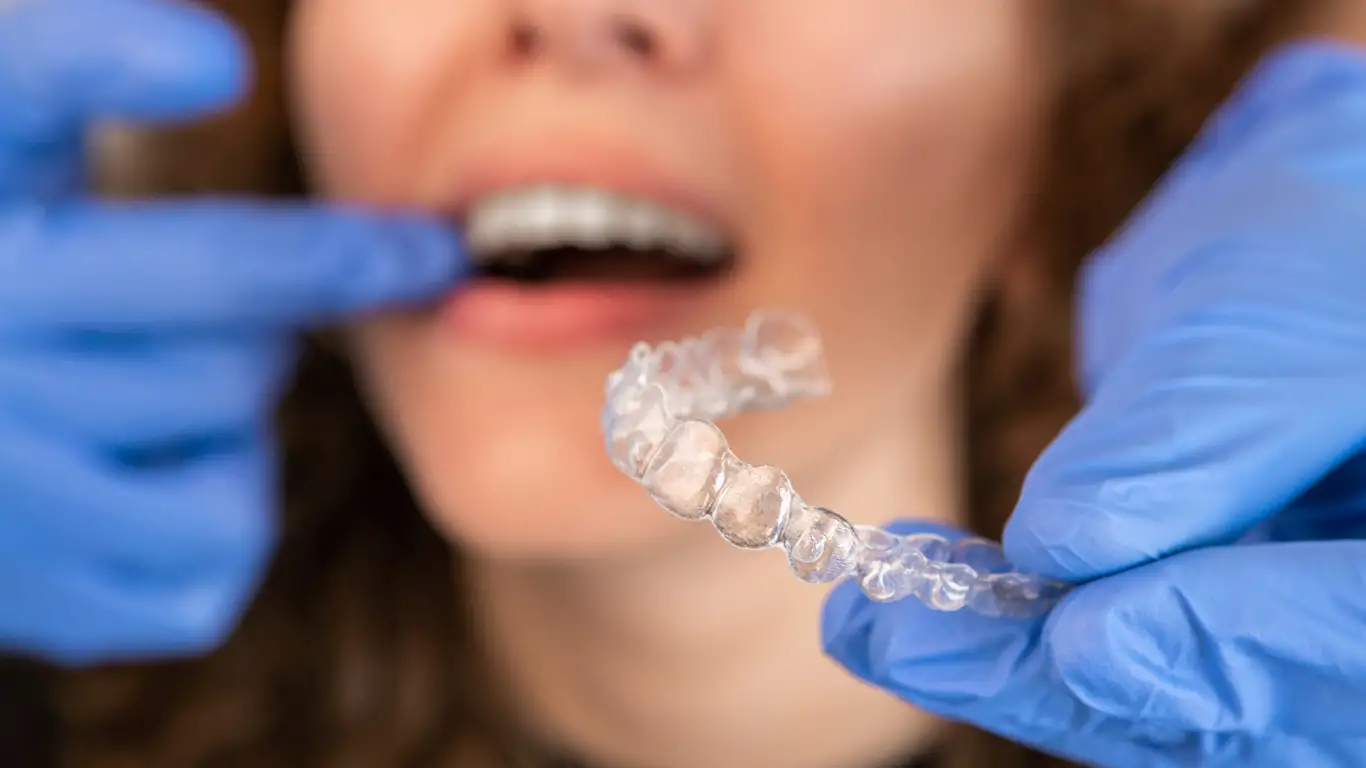2025 Braces Guide: Types, Comfort, and Cost Considerations.
Considering partial dentures or dental implants? Understanding dental clips—how they work, their types, and potential costs—can help you choose the best option for a secure and comfortable smile. This guide covers what dental clips are, their advantages, typical concerns, and key factors for selecting the right dental care.

For many people in the United States, deciding whether to get braces or other corrective dental devices involves balancing appearance, comfort, and budget. New materials and techniques have made orthodontic treatment more discreet and manageable, but they have also introduced a wide range of options and price points. Understanding the basics helps you weigh what is realistic for your mouth, lifestyle, and finances.
This article is for informational purposes only and should not be considered medical advice. Please consult a qualified healthcare professional for personalized guidance and treatment.
Dental clinic teeth clips price guide
When people search online for phrases such as Dental Clinic Teeth Clips Price, they are often comparing very different treatments. Traditional metal braces, ceramic braces, clear aligners, and certain types of removable partial dentures or splints can all be described informally as clips for teeth. The price you see from a dental clinic usually reflects how complex your bite is, how long treatment is expected to last, the materials used, and whether ongoing adjustments or replacement devices are needed.
Some clinics present bundled package prices that include exams, X rays, adjustments, and retainers, while others bill each part of the process separately. In addition, financing plans can spread payments over months or years, which changes how affordable the treatment feels even when the total cost stays the same.
Dental clips missing teeth options
The phrase Dental Clips Missing Teeth can refer to devices that replace one or more absent teeth or stabilize loose ones. These might include removable partial dentures with metal clasps that hook onto neighboring teeth, splints that connect several teeth to share biting forces, or temporary devices used while you wait for implants or other long term solutions. Each option has different implications for comfort, cleaning, and longevity.
If you are missing teeth, a dentist or specialist will first evaluate your gums, jawbone health, and the condition of adjacent teeth. In some cases, a removable clip style device is a shorter term or lower cost option compared with implants or fixed bridges. In other cases, clips and splints are used as part of a broader treatment plan that may involve braces to realign your bite before more permanent restorations.
Dental clips for teeth cost factors
Because of the variety of materials and techniques, Dental Clips for Teeth Cost can vary widely from one person to another. Important factors include the number of teeth involved, whether movement of teeth is needed or only replacement of missing ones, and the experience level of the provider. Geographic location also matters, as clinics in large metropolitan areas often charge more than those in smaller communities.
Insurance coverage plays a major role as well. Some dental plans partially cover braces for children but offer limited benefits for adults. Coverage for splints or partial dentures may fall under medically necessary treatment in some situations, such as stabilizing teeth affected by gum disease, but details depend on the specific policy.
A practical way to think about cost is to compare common treatment categories. In the United States, traditional metal braces often fall toward the lower end of orthodontic pricing, ceramic braces are usually somewhat higher, and hidden or fully customized systems tend to be the most expensive. Removable partial dentures that clip to existing teeth are generally priced separately and can be lower upfront but may need replacement sooner than more permanent options.
| Product or Service | Provider Example | Cost Estimation (USD) |
|---|---|---|
| Traditional metal braces | Local orthodontic clinic | 3,000 to 7,000 total |
| Ceramic braces | Aspen Dental or similar | 4,000 to 8,500 total |
| Lingual braces | Specialist orthodontist | 8,000 to 13,000 total |
| Clear aligners | Invisalign trained dentist | 3,000 to 8,000 total |
| Mail based aligner kits | SmileDirectClub or similar | 1,900 to 3,500 total |
| Removable partial denture | General dental clinic | 1,000 to 4,000 per appliance |
Prices, rates, or cost estimates mentioned in this article are based on the latest available information but may change over time. Independent research is advised before making financial decisions.
Comfort is another key part of the decision. Metal and ceramic braces are fixed to the teeth and often cause some soreness right after placement or adjustment. Lingual braces, which sit on the tongue side of teeth, can initially irritate the tongue and may affect speech until you adapt. Clear aligner trays tend to feel smoother against cheeks and gums but must be worn 20 to 22 hours a day to be effective, which can feel restrictive.
For clip style partial dentures and splints, comfort depends on how well the device fits and how evenly it distributes biting pressure. A new appliance may feel bulky at first, but it should not create sharp pain or sores that persist. Follow up visits are important so the dentist can adjust clasps or edges and check that surrounding teeth and gums remain healthy.
Daily life with braces or clips involves some routine changes. Fixed braces usually come with a list of harder or stickier foods to avoid, such as popcorn kernels, hard candies, and chewing gum, because these can break brackets or bend wires. Clear aligners must be removed for eating and drinking anything except water, which means brushing before putting them back in to avoid trapping food and sugar next to the teeth.
Removable partial dentures and splints should be cleaned carefully outside the mouth with appropriate brushes and non abrasive cleansers. Sleeping in these devices may or may not be recommended depending on your specific situation; your dentist will explain what is appropriate. Keeping gums and remaining teeth very clean is crucial, since plaque buildup around clasps or splints can increase the risk of decay and gum disease.
When you are comparing options in your area, it helps to schedule consultations with more than one provider. An orthodontist focuses on aligning teeth and jaws, while a general dentist may handle simpler bite issues and replacement of missing teeth. Some larger dental groups combine these services under one roof. During a consultation, ask for a written treatment plan that shows recommended procedures, approximate timeline, and estimated costs with and without insurance.
Checking how a clinic handles follow up care and emergency visits is also important. Orthodontic treatment usually spans one to three years, and replacement devices like retainers or partials may be needed later. Choosing a provider who clearly explains adjustments, potential risks, and realistic outcomes can make the process less stressful and help you feel more confident in your decisions.
In summary, braces and related dental devices cover a wide range of treatments, from traditional brackets to removable clips for missing teeth. Each option carries specific advantages, drawbacks, and cost considerations that depend on your oral health, goals, and circumstances. By learning how types, comfort, and pricing interact, you can approach consultations with clear questions and a better sense of which solutions might fit your needs over the long term.




